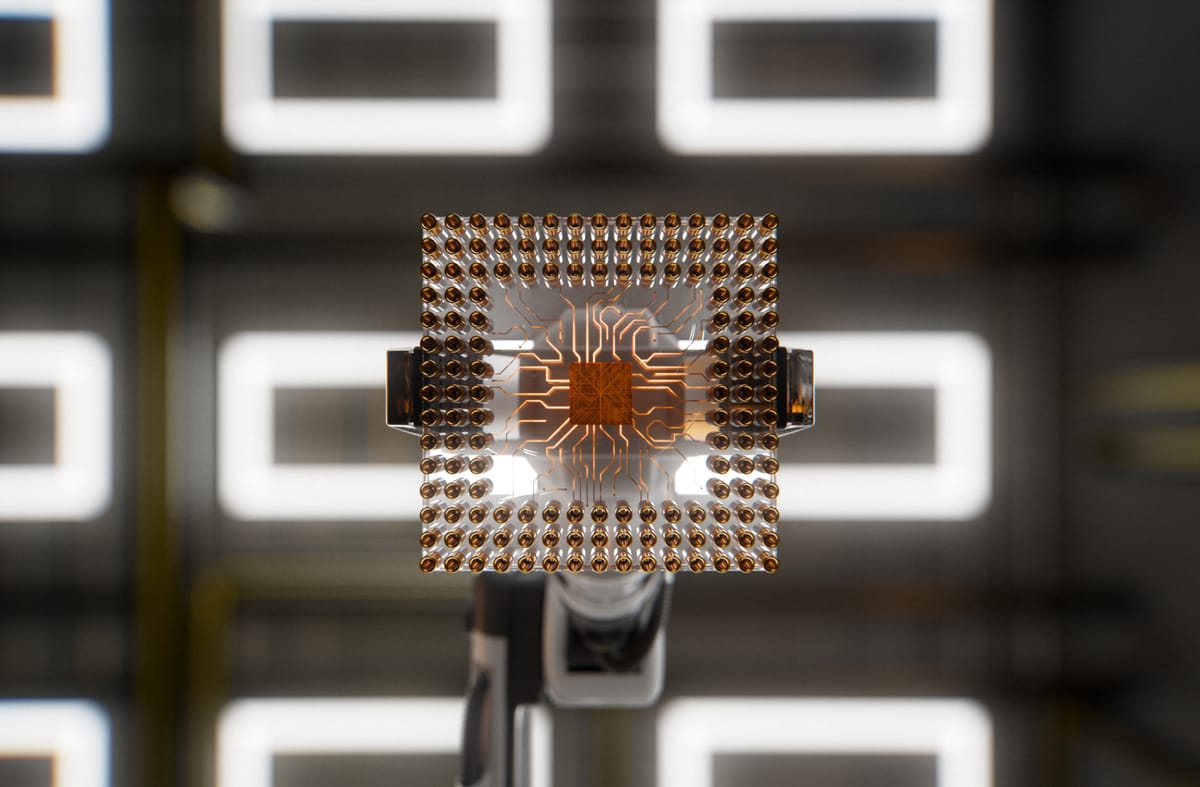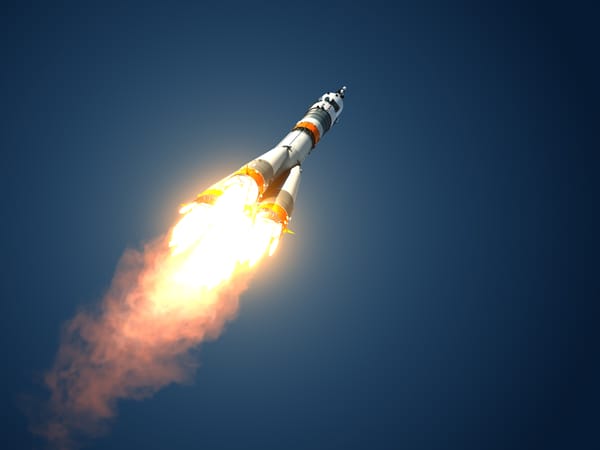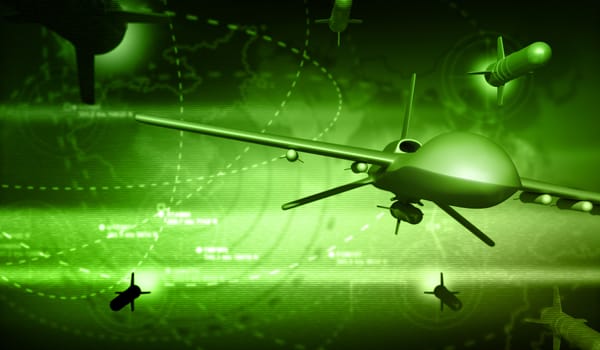Advanced Robotics

Advanced Robotics: Enabling Precision, Productivity, and Strategic Edge
Advanced robotics refers to the development and deployment of highly capable, adaptable, and often autonomous robotic systems. These machines combine artificial intelligence, sophisticated sensing, advanced materials, and real-time control systems to perform complex tasks with minimal human intervention. From precision manufacturing and medical surgery to hazardous environment exploration and military operations, advanced robotics is revolutionising the way tasks are performed across sectors. These systems are increasingly mobile, intelligent, and collaborative, forming the foundation of next-generation human-machine interaction.
Strategic Importance
Advanced robotics is a critical enabler of national resilience and competitiveness. In defence, robotic systems support tasks that are dull, dirty, or dangerous, ranging from bomb disposal and surveillance to unmanned ground and aerial operations. Robots can operate in environments that are inaccessible or too risky for humans, enhancing mission effectiveness and personnel safety.
Economically, advanced robotics underpins the future of high-value manufacturing, logistics, agriculture, and healthcare. Industrial robots increase productivity, ensure quality, and reduce dependency on manual labour, making supply chains more resilient and efficient. In healthcare, robotic systems enable precision surgery and assistive technologies for aging populations, addressing both performance and demographic challenges.
Strategically, the ability to develop, manufacture, and integrate advanced robotics domestically is crucial for maintaining sovereign control over key industrial and defence capabilities. Nations with strong robotics ecosystems are better positioned to lead in future industries, respond to crises, and shape global standards in automation and AI-augmented systems.
Top 5 Nations Leading This Capability
- Japan – A long-standing global leader, Japan excels in industrial robotics, precision engineering, and humanoid robot research. Companies like FANUC and Honda continue to set benchmarks in robotics innovation.
- South Korea – A powerhouse in both industrial and service robotics, South Korea integrates advanced robotics across sectors, backed by strong government support and a cutting-edge tech industry.
- Germany – The centre of Europe’s robotics and automation sector, Germany leverages its advanced manufacturing base and engineering expertise to lead in robotics for industry 4.0.
- United States – With strengths in AI, autonomous systems, and defence robotics, the U.S. combines commercial innovation (e.g., Boston Dynamics, Tesla) with significant government R&D.
- China – Rapidly emerging as a dominant player, China has invested heavily in domestic robotics development and is scaling production across industrial, service, and defence applications.
Future Outlook
Advanced robotics is on the cusp of a new era marked by greater intelligence, adaptability, and autonomy. Robots will increasingly operate in unstructured environments, interact naturally with humans, and make context-aware decisions in real time. Technologies like tactile sensing, soft robotics, and brain-computer interfaces will further expand their capabilities.
Cross-domain convergence with AI, IoT, and 5G will allow for connected robotic ecosystems capable of learning, collaborating, and self-optimising. Defence forces are moving toward integrated robotic units and human-robot teaming, while industries are adopting flexible, modular robotic systems for dynamic production needs.
As global demand for robotics surges, nations that invest in advanced robotics will secure advantages in economic growth, defence preparedness, and technological influence. Mastery of this critical technology is essential to shape the future of work, security, and innovation in the digital-industrial age.




